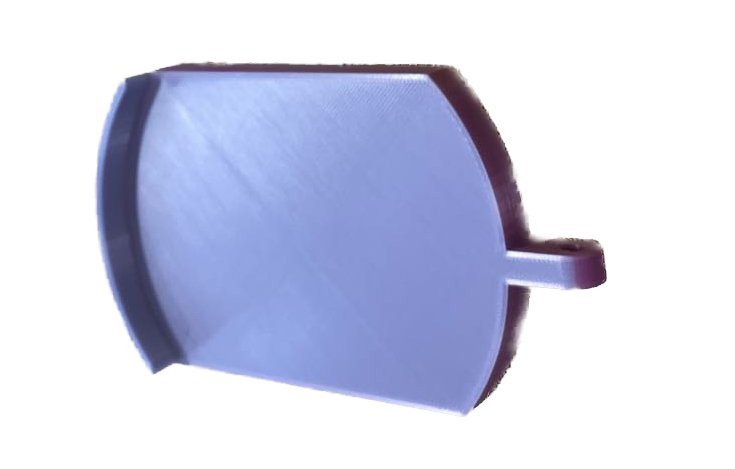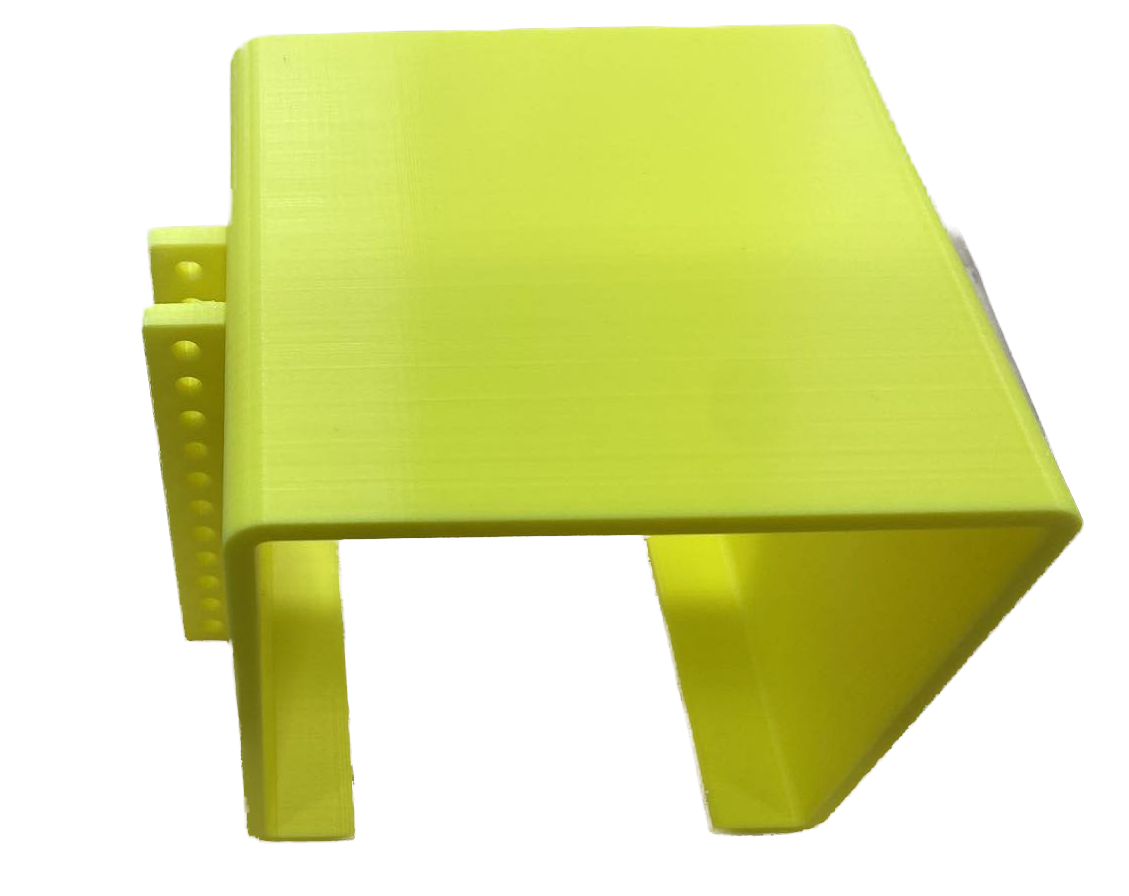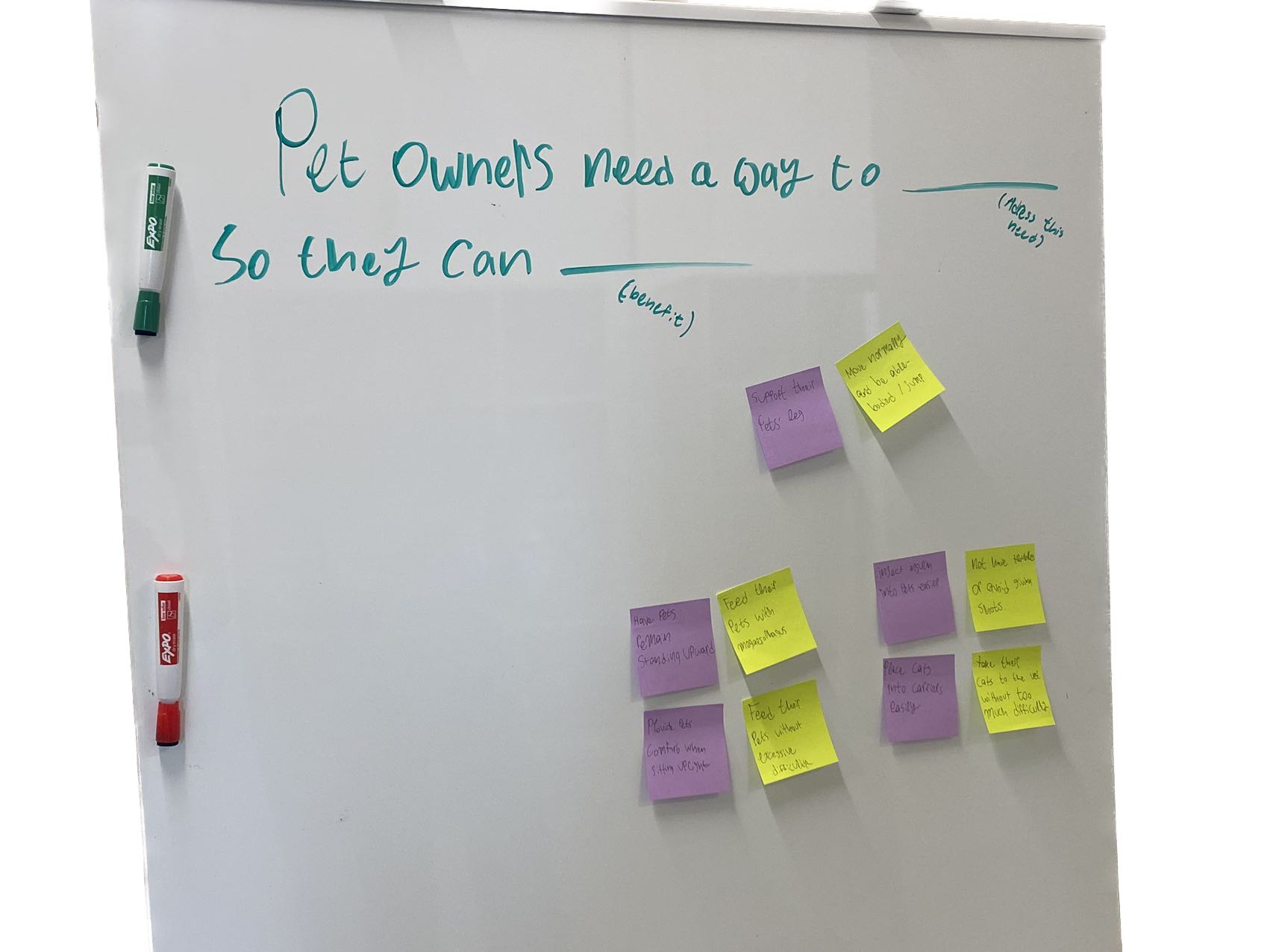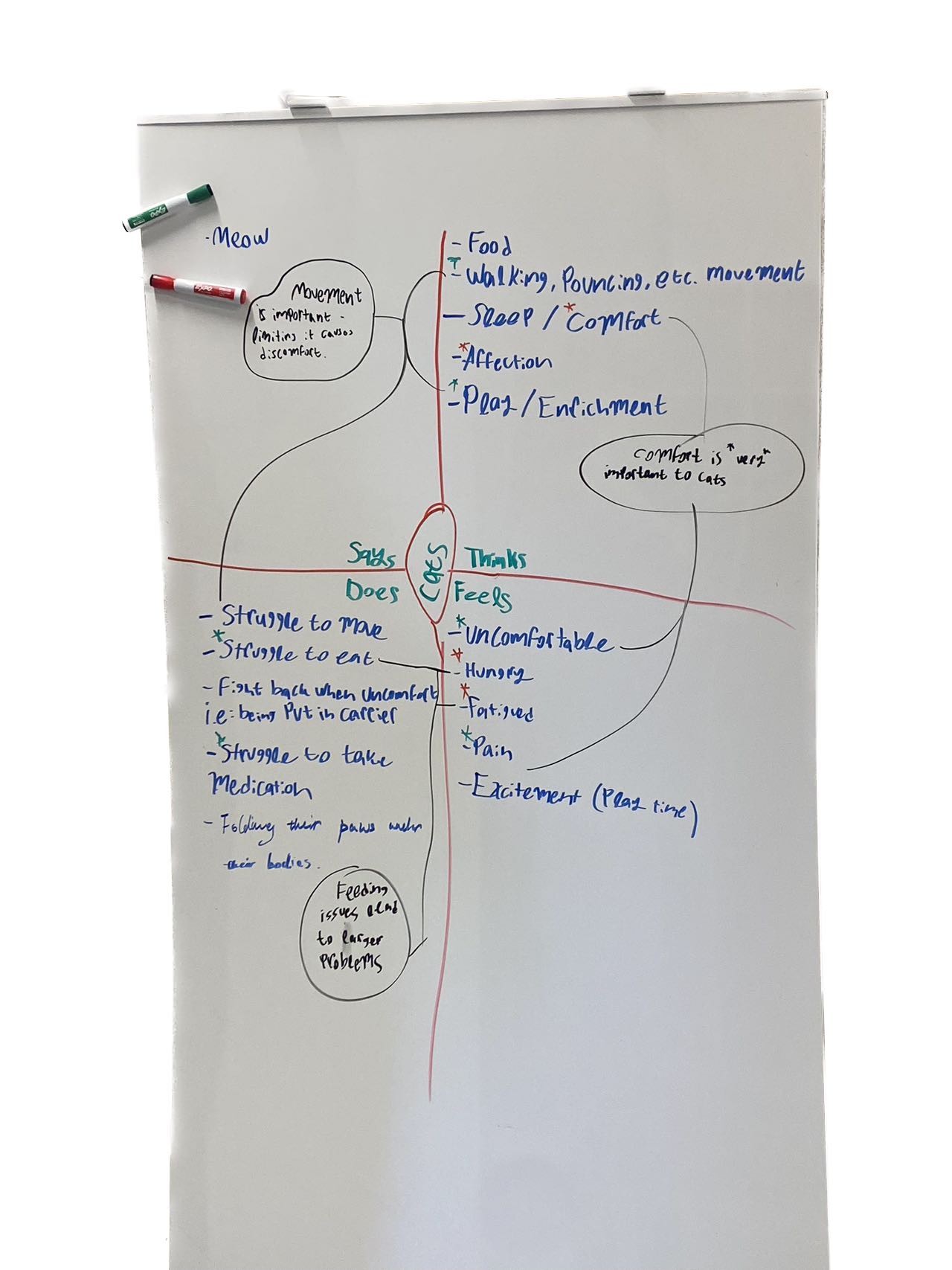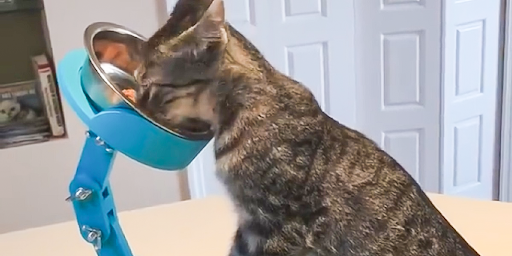
Define Customer Profile
Our customers are cats who have trouble with their daily activities such as eating and movements like walking and jumping. We may find them in vets. Prof. Ian also provided us the contact of a professor who's currently working at a School of Veterinary Medicine. She's able to find us some cats incapable of daily activities and give us some constructive suggestions.

